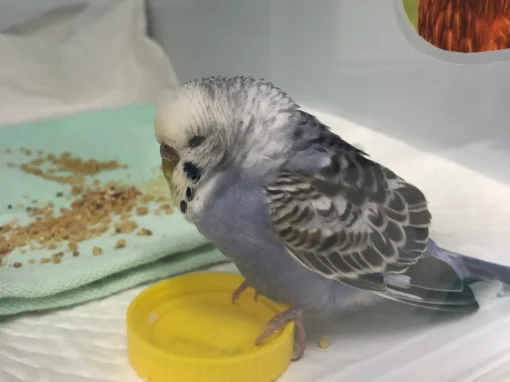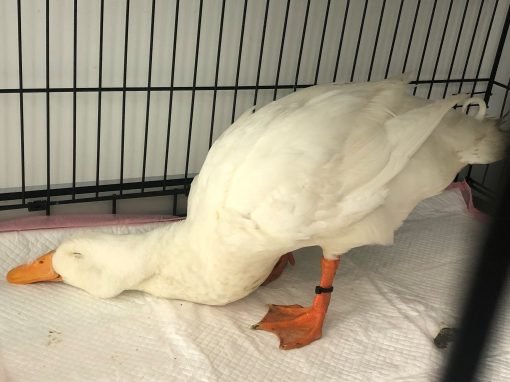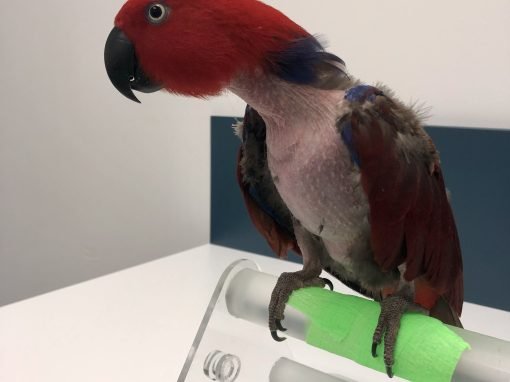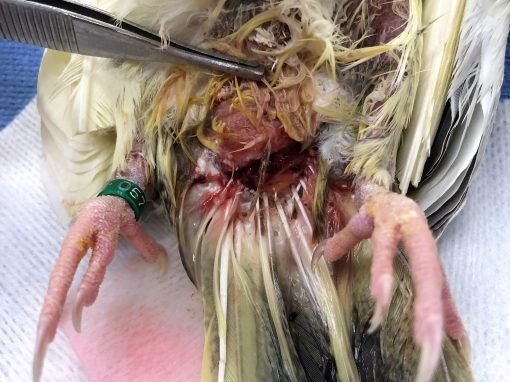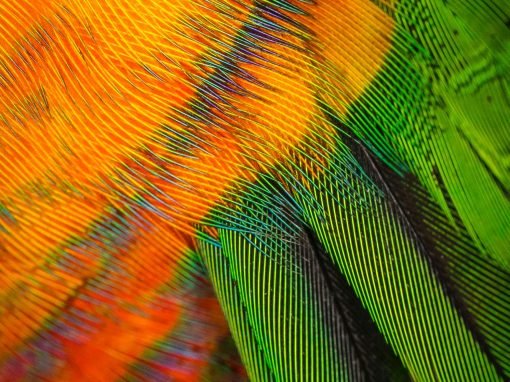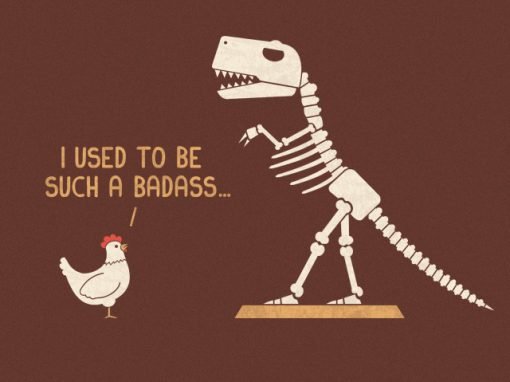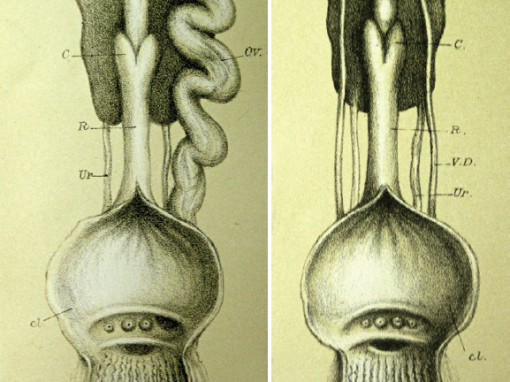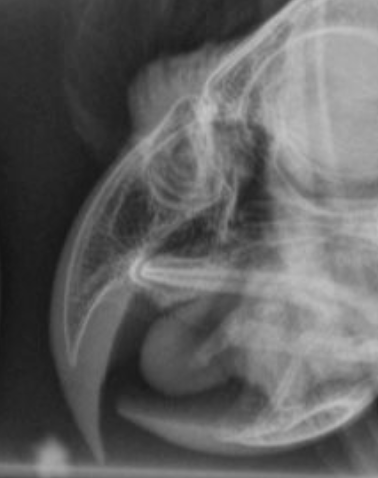
The upper and lower beak are made of bones (essentially maxilla and mandible), vascular dermis and are covered by a layer of hard keratin. The keratin layer is called the rhamphotheca (maxillary rhamphotheca is called a rhinotheca, and mandibular rhamphotheca is called a gnathotheca). The distinction between keratin and bone can be seen on radiographs. There are a lot of nerve endings associated with the beak, so any injury to the beak, particularly to the bone and dermal components, is likely to be very painful.
It is important to know where the keratin ends, and the vascular dermis and bone start when assessing birds with abnormal beaks or beak injuries.

